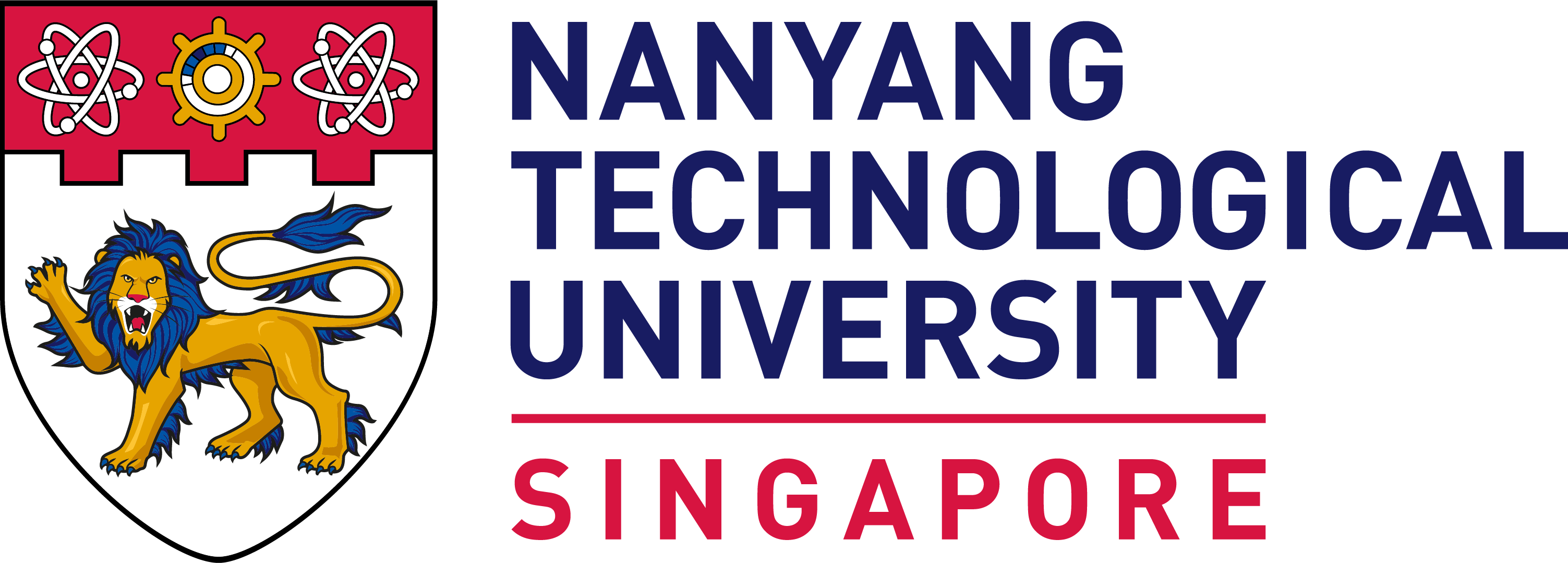Beyond One-Size-Fits-All - The Power of Differentiated Learning
OER 04/21 LDP - Differentiated instruction to address diverse needs in the Singapore classroom
Project Team
PI: Dr Letchmi Devi Ponnusamy, PCHD, NIE
Co-PI: Dr Thana Thaver, GPL & PCHD, NIE
Collaborators:
Dr Sarinajit Kaur, AST, MOE
Ms Liyana bte Safii, PCHD, NIE
Project Description
A two-phase mixed method, convergent parallel research design was employed from 2021- 2022, with the use in Phase 1of two self-reporting teacher questionnaires. In Phase 2, ten case studies of competent teachers were carried out, using qualitative methods of semi-structured interviews (pre- and post-lesson), lesson observations, and the collection of artifacts such as lesson plans and student work. The key finding was that primary school teachers’ beliefs about their differentiation practices using the DI Quest found comparatively high means for output=input (assessment), growth mindset and flexible grouping compared to that for ethical compass (measuring autonomy) and adaptive teaching sub- scales, with standard deviations for the last two being the highest. The second key findings from the cases studies were that competent teachers exhibited a relatively mature awareness of student diversity (e.g., learners’ low literacy, learning disabilities, low home support) and addressed students’ needs more in terms of readiness and student profile but hardly ever in terms of student interest.
Project Implications
Recommendations for Schools:
- Expand professional discussions about differentiation in terms of addressing classroom diversity to increase teachers’ sense of autonomy and application of differentiation practices
- Provide stronger school level envisioning by discussion with all stakeholders, i.e. school leaders, department heads, teachers, and students, on what needs to be done to address challenges e.g. curriculum & assessment frameworks, unreasonable demands and expectations, that challenge real needs being met for different learners.
- Leverage on teaching communities to investigate how best to design learning activities around student interest and how to balance the readiness and interest aspect in the same classroom across the school year
- Listen to teachers’ and students’ voices with regards to the kinds of pedagogical support needed to manage students with specific learning needs or disruptive behavioural issues in mainstream classrooms.
- Design and maintain a readily available repository of resources to support teachers in catering to student diversity.





.tmb-listing.jpg?Culture=en&sfvrsn=b0306905_1)
